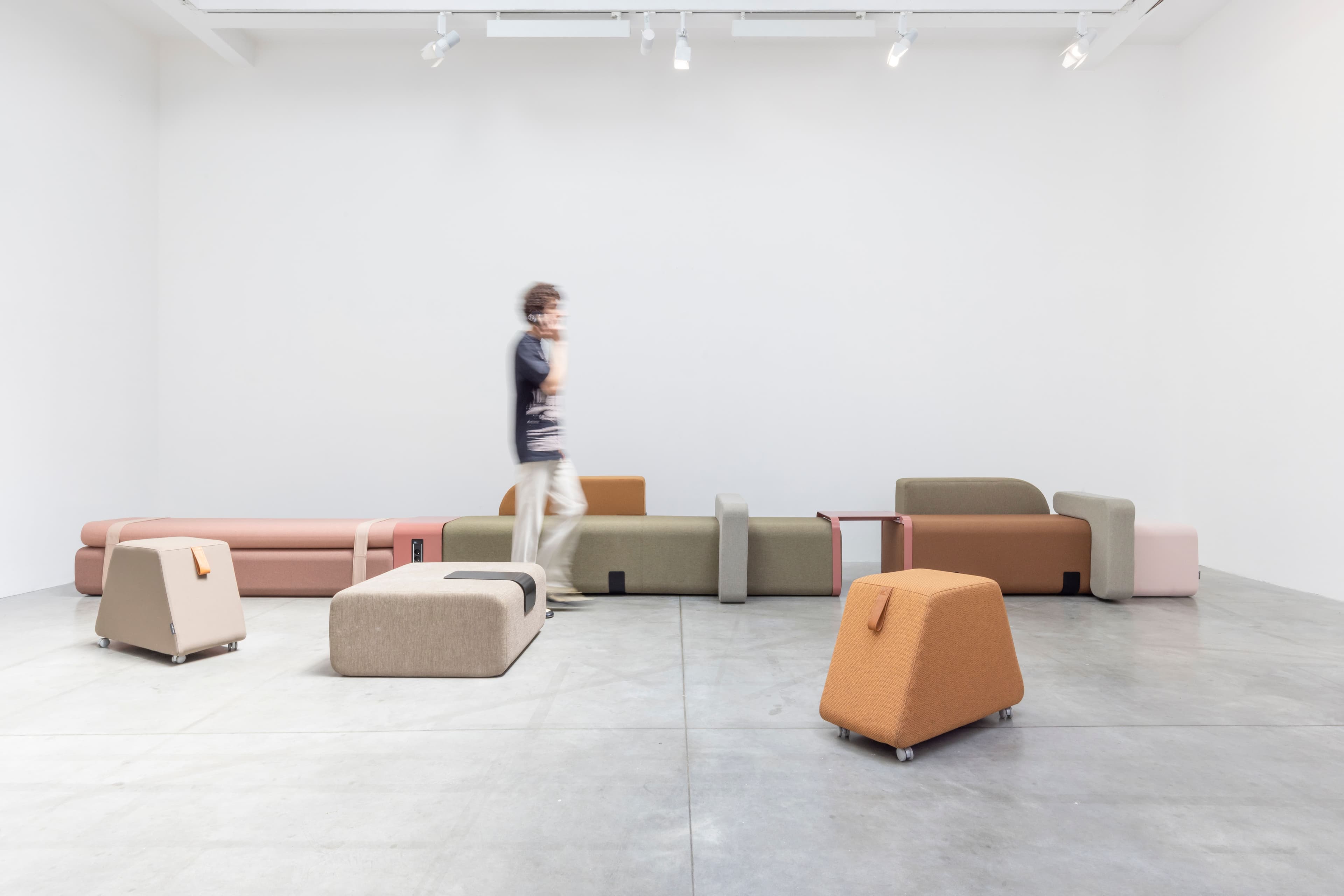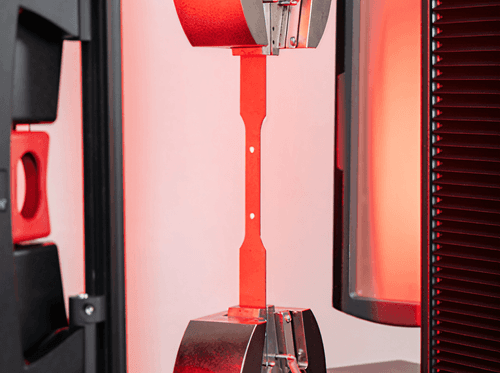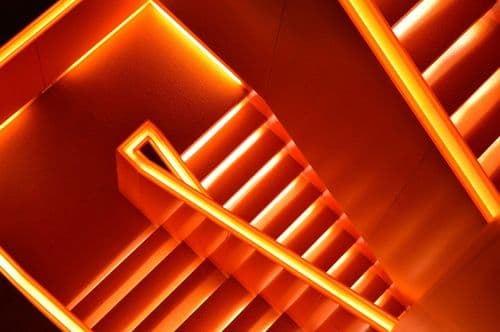You’ve explored eco-textile collections in your designs. What materials or innovations are you most excited about integrating into your work?
I'm looking for materials that incorporate both aesthetic and eco-friendly values. I like the raw, imperfect look of some eco-responsible materials, such as plastic waste panels like Pavé®, or DropCake® panels made from waste paper. These materials vary in colour and can be used to make objects that are unique, even when they are mass-produced. They also form the basis for a new aesthetic.


How do you envision modular seating adapting to future workspaces, particularly with the shift towards more flexible, hybrid office environments?
The Flex Office concept has been around for some years now. It means that we can work anywhere, on the move, without necessarily having a dedicated station, and it also means that we can meet more easily and informally. Therefore, seating needs to adapt to these new uses, being both light enough to be moved around and functional enough to provide a comfortable working position. They must also be user-friendly and technical, incorporating plugs, for example, and designed to fit in with the environment in which they are installed. Additionally, they must be able to provide privacy in an open space.
In my collections, BFLEX seating offers infinite configurations depending on the number of modules used. Made from foam and fabric, they are easy to move and reconfigure the space according to the situation. The TPI is like a tent in which you can shield yourself from view, take a break, and concentrate.

The shift from silicone objects like the ‘Expres’soft’ cup to large-scale, modular furniture marks a significant evolution in material and scale. What were the most intellectually challenging aspects of rethinking your approach to materials?
With my hybrid training in architecture and the fine arts, the scale of the object seemed small to me, and I wanted to work on the body, object, and space relationship. The choice of foam as a material is based on its flexible and malleable qualities, allowing me to imagine extruded or volumetric forms in a single block, without any assembly, in a spirit that is both sculptural and minimal.
I have also worked with this material in set design, with dancers, for example, to explore the relationship between the body and motion, and the object and space.
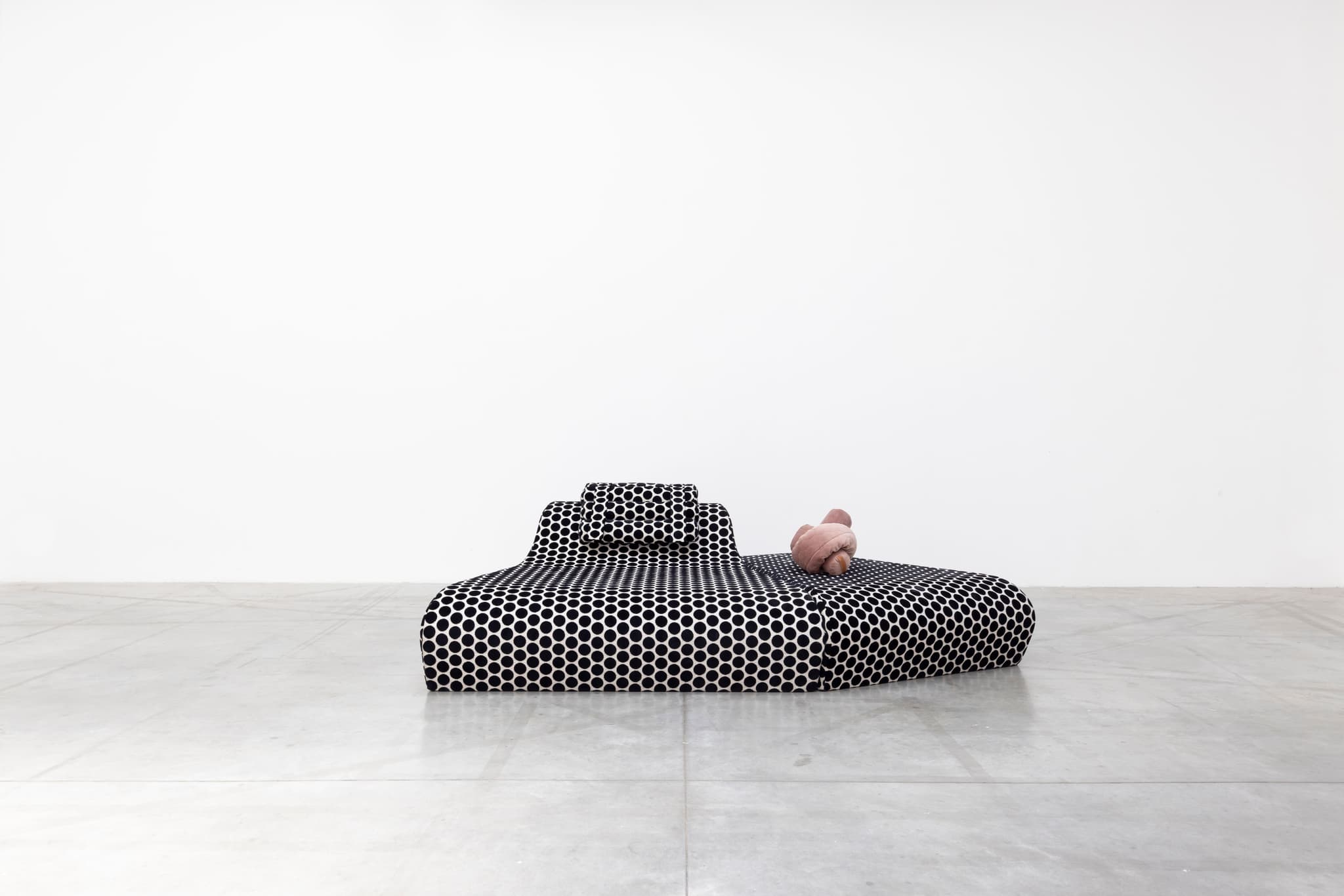
Your designs, such as SANDWICH and ROCK SOFA, explore hybrid forms that blur the boundaries between traditional furniture categories. What constraints do these hybrid forms introduce?
I find it boring to be confined to a particular form, and believe that design should allow the mind to be freed. The hybrid object becomes a shape that invites us to imagine a function, and in doing so, it encourages new domestic and social behaviours. Ultimately, you can sit anywhere, but you sit differently, and in this case, the body chooses its position, its ergonomics. This ties back to the relationship between body, object, and space. The only challenge with these creations is explaining how to use this type of object, as the public does not like to be pushed and may perceive the products as not commercially viable.
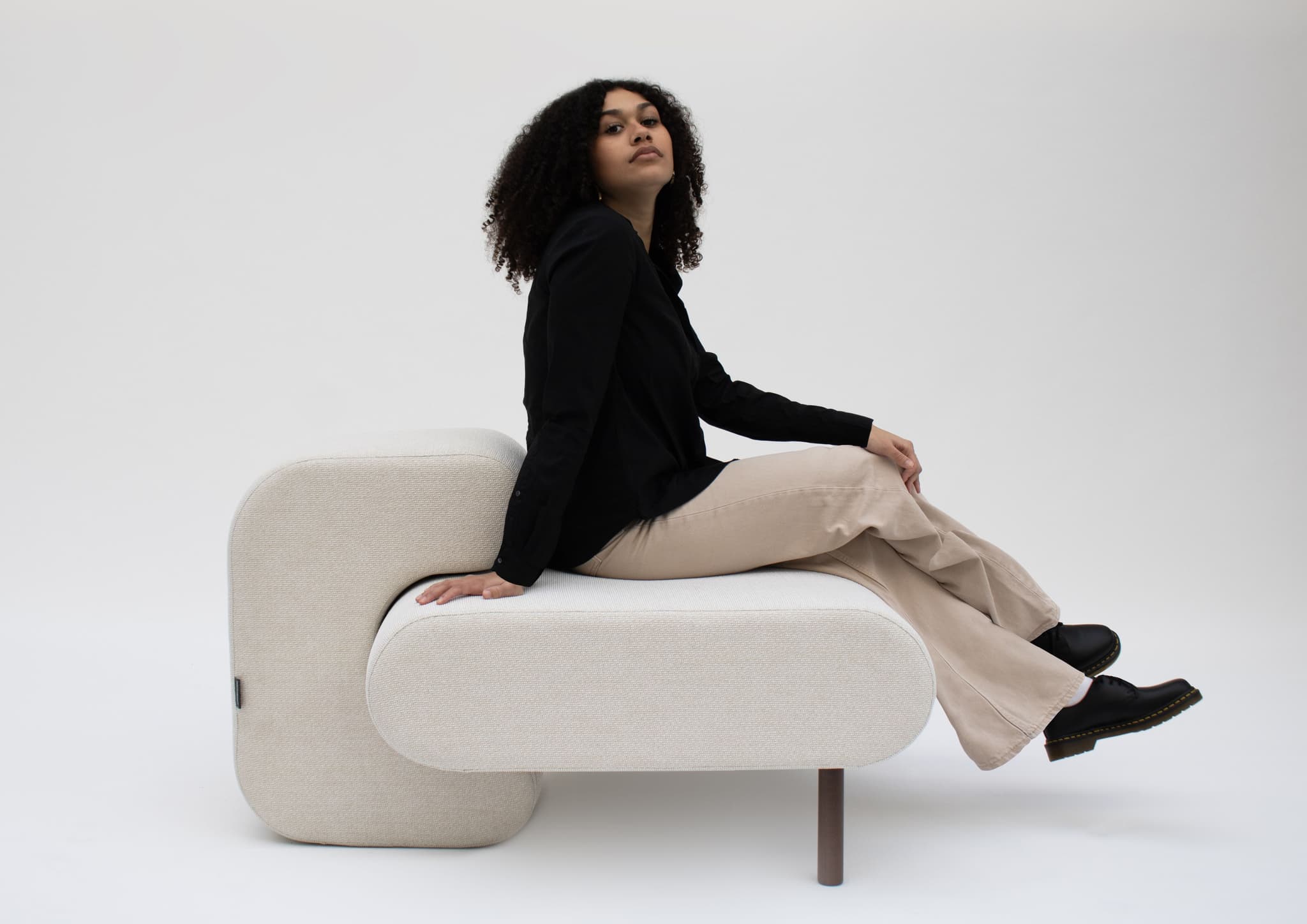
For projects like the KEOPS collection, which uses recycled foam chips, how do you ensure consistent performance and comfort despite the variability in recycled materials?
The use of waste materials, such as foam chips, implies a more technical design. The Keops seat, for example, is designed with an inner cover sewn with internal compartments that contain the foam, ensuring stability. These improvements, while not visible from the outside, provide the product with its design quality and ensure good ergonomics and comfort. This approach also makes the product relevant and well-suited to contemporary needs and challenges. However, it requires more sewing labour, which consequently affects the cost.
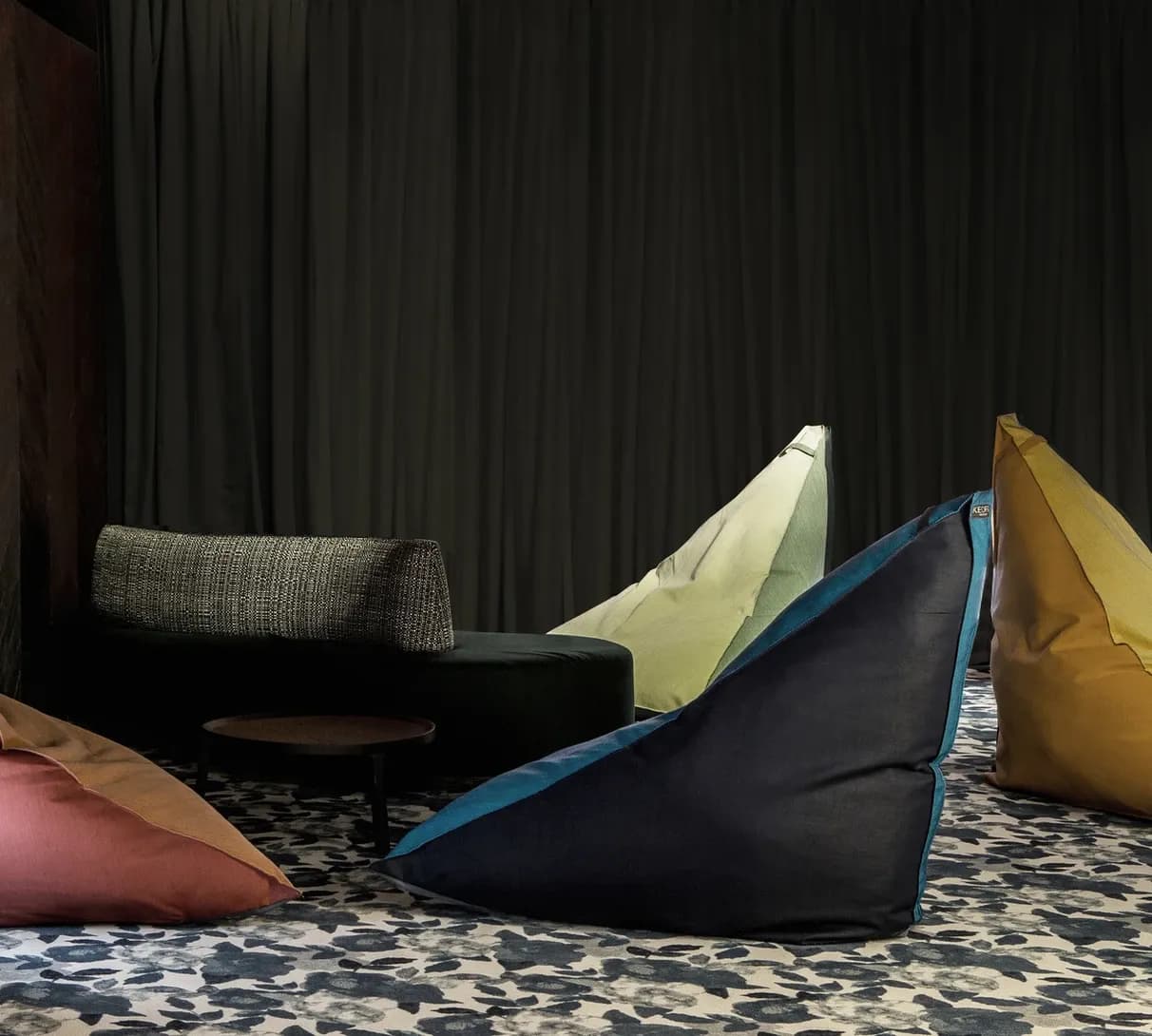
Many of your designs involve complex foam cutting techniques, such as the knot-like form of NODA. How do you translate conceptual forms into precise, repeatable technical processes?
I work initially in a very spontaneous way to concretise a form or concept, but I simultaneously consider its production feasibility. The Noda seat is a perfect example, as its shape was defined through full-scale experimentation. I experimented with tying a 10-metre-long foam tube until I arrived at a shape that was ergonomic, aesthetic, and suitable for sitting. It would have been impossible to achieve this result through drawing alone; a real interaction with the body was necessary.
The challenge then was to rationalise this form, breaking it down so it could be reproduced consistently. At this stage, the production of the product relies on close collaboration with factories and manufacturers. It is a true exchange between designer and manufacturer, which enriches us both and allows us to push boundaries to create something new.

Your use of technical fabrics, such as Batyline Eden Serge Ferrari® in KEOPS, suggests a focus on high-performance, outdoor-grade materials. What challenges do you face when working with these fabrics?
The quality of the fabric used is essential for my furniture, which is made from foam and fabric. I seek fabrics that are suited to the functional demands of furniture, working closely with fabric producers who can also advise me early in the design process, such as Serge Ferrari or Gabriel fabrics. It is crucial to test and select a fabric that perfectly aligns with the characteristics of elasticity and weight required for the forms, and that meets the practical constraints of the object and its users, particularly in the contract market (such as fire regulations, abrasion resistance, UV durability, etc.).
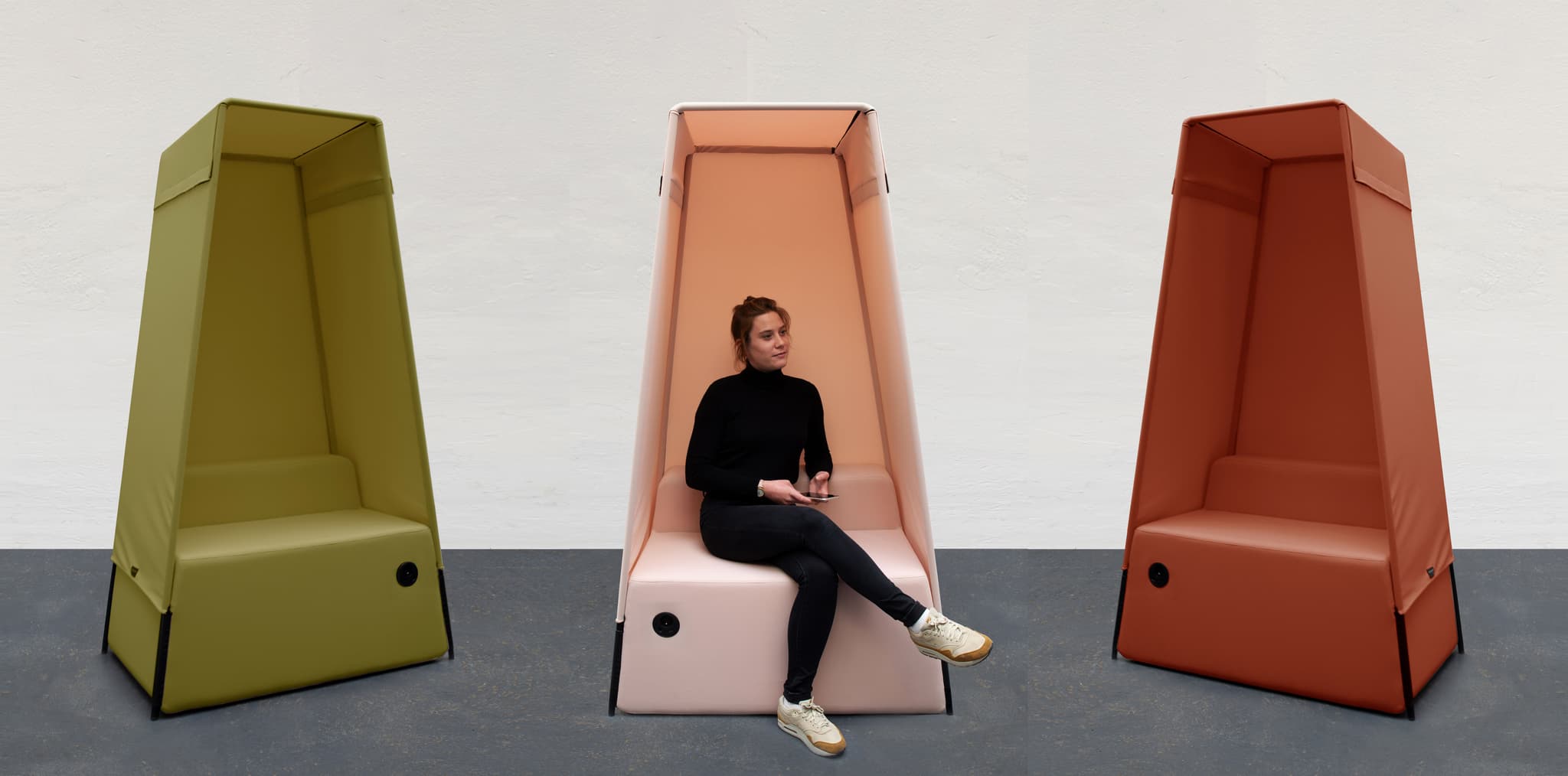
What are your next exciting projects that you'd love to share with our audience?
I am introducing a new seat with the French brand SOKOA, featuring a compact and playful design with a dual function—sitting and lying down. The piece combines simplicity with elegance and encourages the imagination of new uses. It will be showcased at the Orgatec fair in late October, alongside a modular carpet for the Spanish brand WOOP Rugs, which allows for the floor to be designed as a fluid surface with endless colour combinations.
